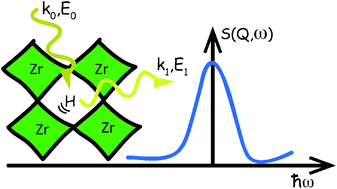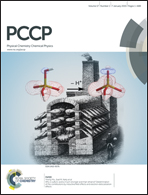Proton dynamics in oxides: insight into the mechanics of proton conduction from quasielastic neutron scattering
Abstract
This article is concerned with the use of quasielastic neutron scattering as a technique for investigation of the dynamical properties of proton conducting oxides. Currently, the main interest in these materials comes from their promise as electrolytes in future electrochemical devices and particularly through their use as electrolytes in next-generation, intermediate-temperature, fuel cells. However, the realization of such devices depends critically on the development of new, more highly proton conducting oxides. Such a development depends on increasing the current understanding of proton conduction in oxides and for this purpose quasielastic neutron scattering is an important mean. The aim of this article is to introduce the non-specialist reader to the basic principles of quasielastic neutron scattering, its advantages and disadvantages, to summarize the work that has been done on proton conducting oxides using this technique, as well as to discuss future opportunities within this field of research.


 Please wait while we load your content...
Please wait while we load your content...